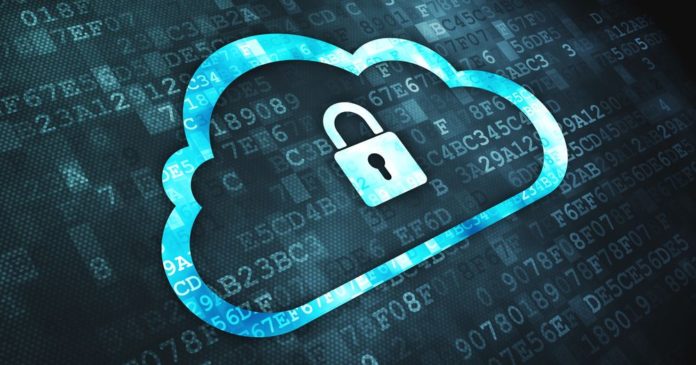
It’s a common question many of us have before inputting our credit card information – is this website safe?
The question of trust isn’t simple but there are some elements that should reveal whether the site you’re on is worth your time and ultimately – your money. Read on for details…
1. Does the URL starts with “http” or “https”
You should NEVER leave your credit card information on unsecure websites. Actually, you shouldn’t leave any information on such sites at all.
And how do you know that some website is secure? It is relatively easy – the URL should start with “HTTPS” instead of “HTTP”. HTTPS indicates that the website you’re on is SSL-certified and will keep your data encrypted from the moment it enters a web browser to reaching the server. The fact that some site is secure is also indicated with a padlock icon you can see in the address bar.
In sharp contrast, insecure websites — those with “HTTP” URLs — won’t encrypt a thing and your data could easily fall into wrong hands. That’s why most ecommerce websites today use HTTPS – to reassure their customers that their data is safe.
2. Judge the website by its appearance
Before entering your credit card information, browse around the website and take a good look at how it feels. Is it professionally designed or is it messy?
Today’s hackers are getting better in creating fake websites with a single purpose of stealing users’ credit card information. However, they can’t copy all of the pages a legitimate e-commerce website has and that’s where you should look for clues. And red flags.
3. Check out the payment options
Typically, many e-commerce sites offer a range of payment options and will take just about any credit card you could imagine. This includes Visa, MasterCard, American Express and others.
In addition, you should also look for support for third-party payment providers such as PayPal and Stripe. However, we must add that some companies do not use PayPal because of its higher fees. Then again, for you as a customer those higher fees also bring an added piece of mind as you know that your transaction is even more secure.
4. Read the privacy policy
Generally speaking, a privacy policy explains what happens with the data that you leave on a website. This includes information on how it is collected, used, stored, protected and perhaps even shared. The last mentioned part is particularly important as you wouldn’t like to see your data popping up in some other company’s database. You would be surprised to learn how this practice of data sharing and even data selling is common these days.
Luckily, many states, countries and groups of countries like the EU have special laws in place to protect users’ privacy — though it should be up to you to learn first-hand what you’re getting into and perhaps opt out from the transaction.
5. Use Google’s website safety checker
We seldom recommend Google’s services cause they are known to collect all kinds of data about all of us. This time, however, we do think Google’s Safe Browsing service is worth checking out. Because of its data-collection practices, the search engine giant has information on many companies across the web. And it’s this data that could help you stay safe on the Internet.
In order to use it, visit the Safe Browsing service’s website and enter the URL of the e-commerce website you want to check. If Google doesn’t green-light it, find the item you wanted to buy on a different website.
…
Hopefully, some of the advice written here will help you determine whether a website is safe or not. So you don’t end up both without your money and without the product/service you intended to buy.
